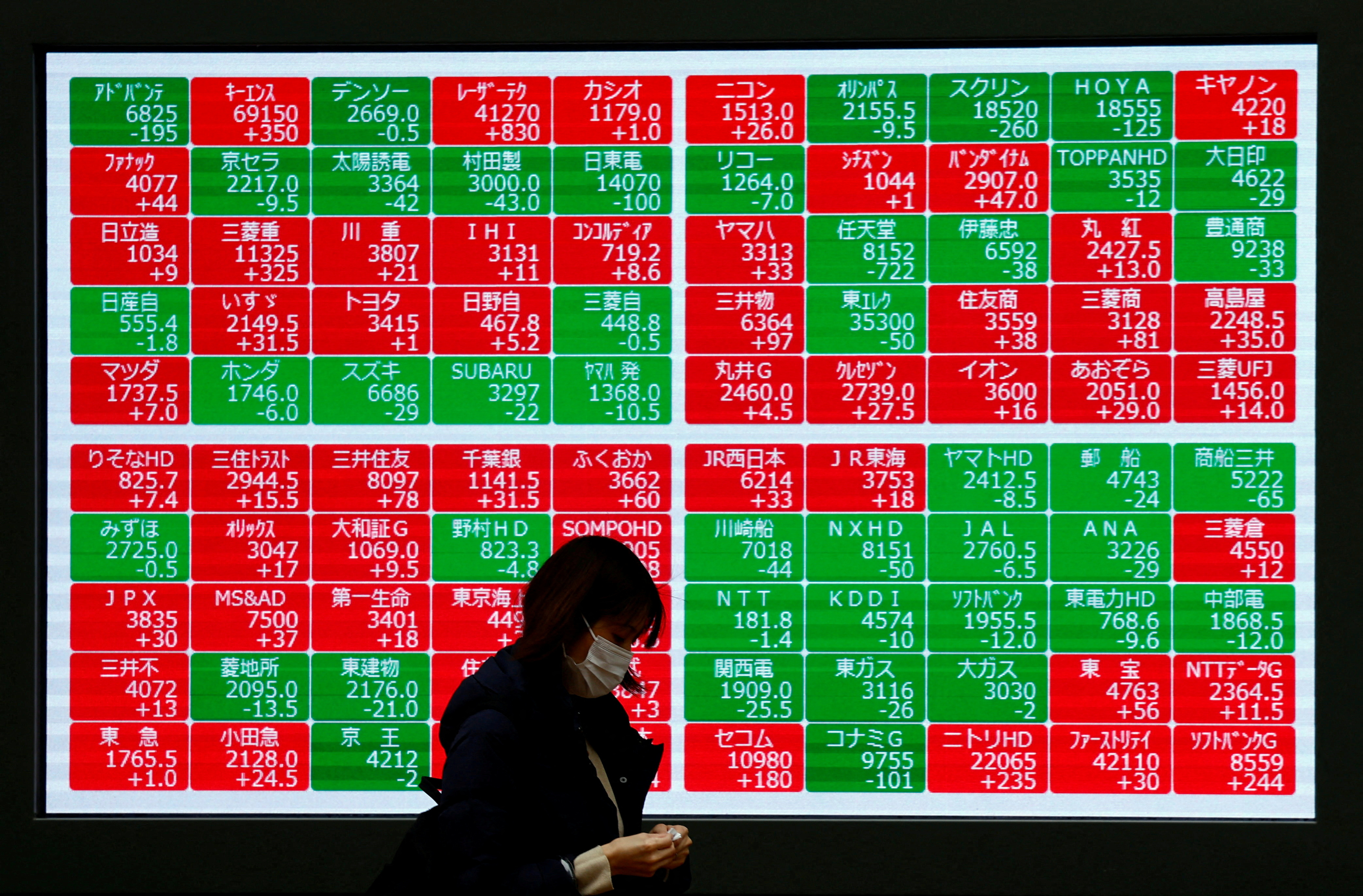
Interregional Training Workshop on Strengthening Capacity for Evidence-Based Social Protection Policies
Introduction
In response to escalating global challenges such as rising fuel prices, food insecurity, and financial instability, countries across Africa and the Asia-Pacific region are intensifying efforts to enhance social protection systems. Social protection serves as a critical policy instrument aligned with the Sustainable Development Goals (SDGs), particularly SDG 1 (No Poverty), SDG 2 (Zero Hunger), and SDG 10 (Reduced Inequalities).
Event Overview
From July 8 to 10, 2025, over 70 policymakers and experts will convene in Livingstone, Zambia for the Interregional Training Workshop on Strengthening Capacity for Evidence-Based Social Protection Policies. This workshop is hosted by the Zambian Government and jointly organized by the Economic Commission for Africa (ECA), the Economic and Social Commission for Asia and the Pacific (ESCAP), and the United Nations Department of Economic and Social Affairs (UN DESA).
The primary objective is to equip national stakeholders with the necessary tools and strategies to develop resilient, inclusive, and data-driven social protection systems, thereby advancing SDG 16 (Peace, Justice and Strong Institutions) and SDG 17 (Partnerships for the Goals).
Rationale for the Workshop
According to the latest World Social Protection Report, 47.6% of the global population lacks access to any social protection benefits. The coverage is particularly low in Africa, where only 19% of the population is protected. The ongoing triple crisis—fuel, food, and financial—exacerbates poverty levels, disproportionately affecting vulnerable groups such as women, children, and informal workers. This situation underscores the urgent need for social protection reforms to fulfill the SDG commitment to leave no one behind.
Workshop Agenda
The three-day workshop will focus on peer learning, digital innovation, and financial sustainability with the following detailed agenda:
- Day 1: Exploration of tools and innovations for adaptive social protection, including digital registries, data systems, and financing strategies.
- Day 2: Presentation of country progress reports from project nations such as Namibia, Senegal, Tanzania, and Zambia, alongside lessons learned from non-project countries including Ghana, Malawi, and Rwanda.
- Day 3: Forward-looking discussions connected to the upcoming World Summit for Social Development 2025, featuring real-world case studies on sustainable social protection implementation.
Key Digital Tools Highlighted
- Multidimensional Poverty Index (MPI) – A tool to measure multiple deprivations at the household level, supporting SDG 1 and SDG 10.
- Social Protection to Leave No One Behind (SP2LNOB) App – Designed to enhance inclusivity and accessibility within social protection programs.
- Social Protection Simulator – Facilitates scenario analysis for policy planning and financial sustainability.
Participants
The workshop will include senior government officials from both project countries (Namibia, Senegal, Tanzania, Zambia, Cambodia, Maldives) and non-project countries, as well as experts from the United Nations system and civil society organizations. A key aim is to foster cross-regional learning, amplifying effective practices, identifying gaps, and developing a shared roadmap for adaptive and inclusive social protection systems that contribute to achieving the SDGs.
Future Outlook
The knowledge and outcomes generated from this workshop will inform the agenda and decisions at the Second World Summit for Social Development, scheduled for November 4-6, 2025, in Doha, Qatar. This summit will emphasize the global commitment to social development and the SDGs, ensuring that no one is left behind despite ongoing global crises.
1. Sustainable Development Goals (SDGs) Addressed in the Article
- SDG 1: No Poverty – The article highlights the urgency of social protection reforms to address poverty exacerbated by the triple crisis of fuel, food, and finance.
- SDG 2: Zero Hunger – Food insecurity is mentioned as a key global challenge, linking to efforts to reduce hunger.
- SDG 3: Good Health and Well-being – Social protection systems contribute to health and well-being by supporting vulnerable populations.
- SDG 5: Gender Equality – The article emphasizes the impact of crises on women and children, underscoring the need for inclusive social protection.
- SDG 8: Decent Work and Economic Growth – Informal workers are specifically mentioned as vulnerable groups needing social protection.
- SDG 10: Reduced Inequalities – The focus on leaving no one behind and inclusive social protection addresses inequality reduction.
- SDG 17: Partnerships for the Goals – The workshop is a collaborative effort among multiple UN agencies and governments, exemplifying global partnerships.
2. Specific Targets Under the Identified SDGs
- SDG 1 – Target 1.3: Implement nationally appropriate social protection systems and measures for all, including floors, and achieve substantial coverage of the poor and vulnerable.
- SDG 2 – Target 2.1: End hunger and ensure access by all people to safe, nutritious, and sufficient food all year round.
- SDG 3 – Target 3.8: Achieve universal health coverage, including financial risk protection and access to quality essential health-care services.
- SDG 5 – Target 5.4: Recognize and value unpaid care and domestic work through social protection policies and public services.
- SDG 8 – Target 8.5: Achieve full and productive employment and decent work for all, including young people and persons with disabilities, and equal pay for work of equal value.
- SDG 10 – Target 10.4: Adopt policies, especially fiscal, wage, and social protection policies, to progressively achieve greater equality.
- SDG 17 – Target 17.16: Enhance the global partnership for sustainable development, complemented by multi-stakeholder partnerships.
3. Indicators Mentioned or Implied to Measure Progress
- Coverage of Social Protection Benefits: The article cites that 47.6% of the world’s population lacks access to social protection benefits, and only 19% coverage in Africa, implying the use of indicators measuring social protection coverage rates (e.g., SDG Indicator 1.3.1 – Proportion of population covered by social protection floors/systems).
- Multidimensional Poverty Index (MPI): Mentioned as a key digital tool, MPI is an indicator measuring multiple deprivations in health, education, and living standards, relevant for assessing poverty reduction (linked to SDG 1 and SDG 2).
- Social Protection to Leave No One Behind (SP2LNOB) App: Implies monitoring inclusiveness and equity in social protection coverage, aligned with SDG 10 indicators on inequality reduction.
- Social Protection Simulator: Suggests the use of modeling tools to forecast and evaluate the impact of social protection policies, supporting evidence-based policy making and progress tracking.
4. Table: SDGs, Targets and Indicators
| SDGs | Targets | Indicators |
|---|---|---|
| SDG 1: No Poverty | Target 1.3: Implement social protection systems and achieve substantial coverage of the poor and vulnerable. | Indicator 1.3.1: Proportion of population covered by social protection floors/systems. |
| SDG 2: Zero Hunger | Target 2.1: End hunger and ensure access to safe, nutritious, and sufficient food all year round. | Multidimensional Poverty Index (MPI) – measures multiple deprivations including food security. |
| SDG 3: Good Health and Well-being | Target 3.8: Achieve universal health coverage and financial risk protection. | Implied use of health coverage and financial protection indicators. |
| SDG 5: Gender Equality | Target 5.4: Recognize and value unpaid care through social protection policies. | Indicators on social protection coverage among women and vulnerable groups (implied). |
| SDG 8: Decent Work and Economic Growth | Target 8.5: Achieve full and productive employment and decent work for all. | Indicators on employment and social protection coverage for informal workers (implied). |
| SDG 10: Reduced Inequalities | Target 10.4: Adopt social protection policies to achieve greater equality. | Social Protection to Leave No One Behind (SP2LNOB) App – monitors inclusiveness and equity. |
| SDG 17: Partnerships for the Goals | Target 17.16: Enhance global partnerships for sustainable development. | Participation and collaboration metrics from multi-stakeholder workshops and initiatives. |
Source: uneca.org







